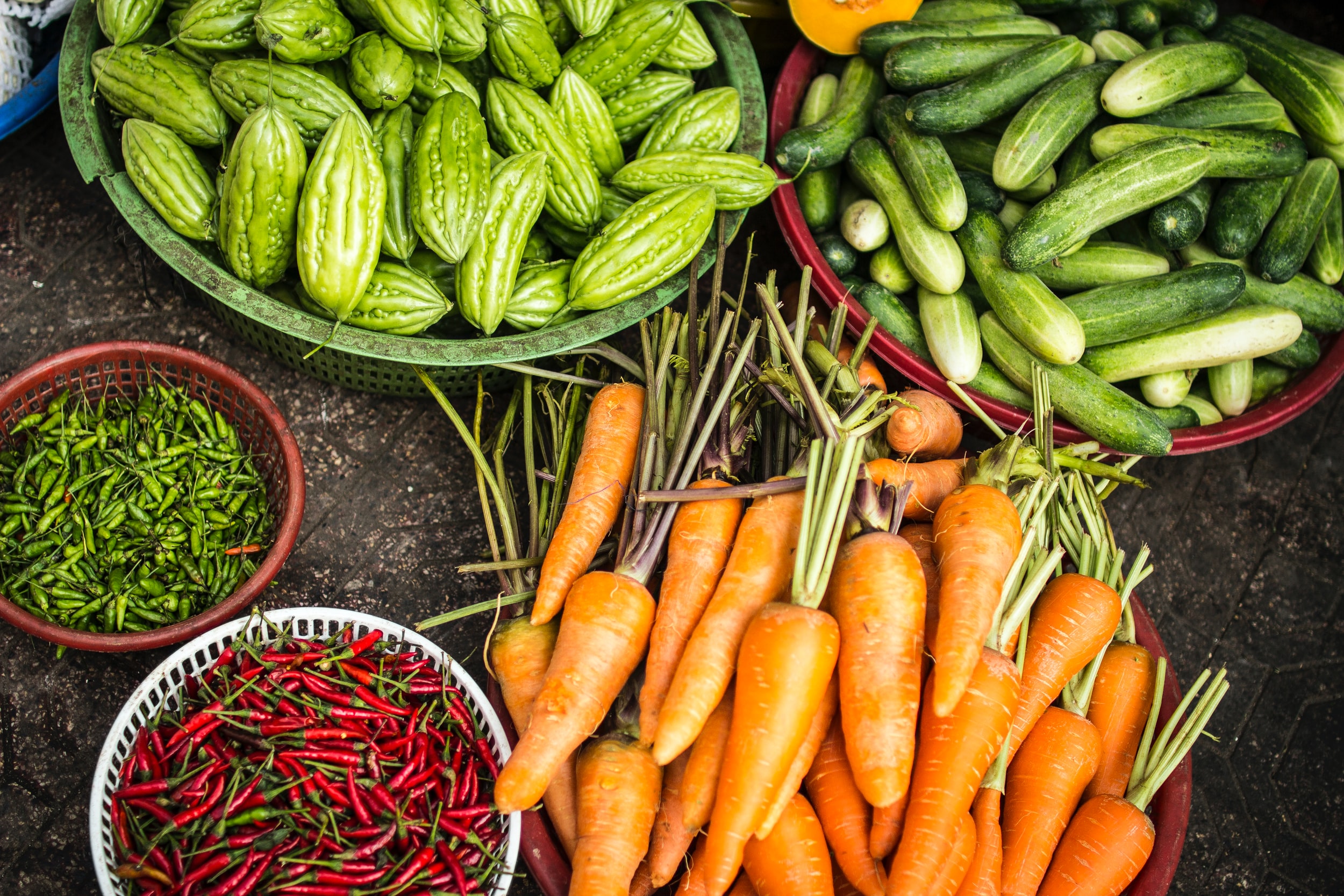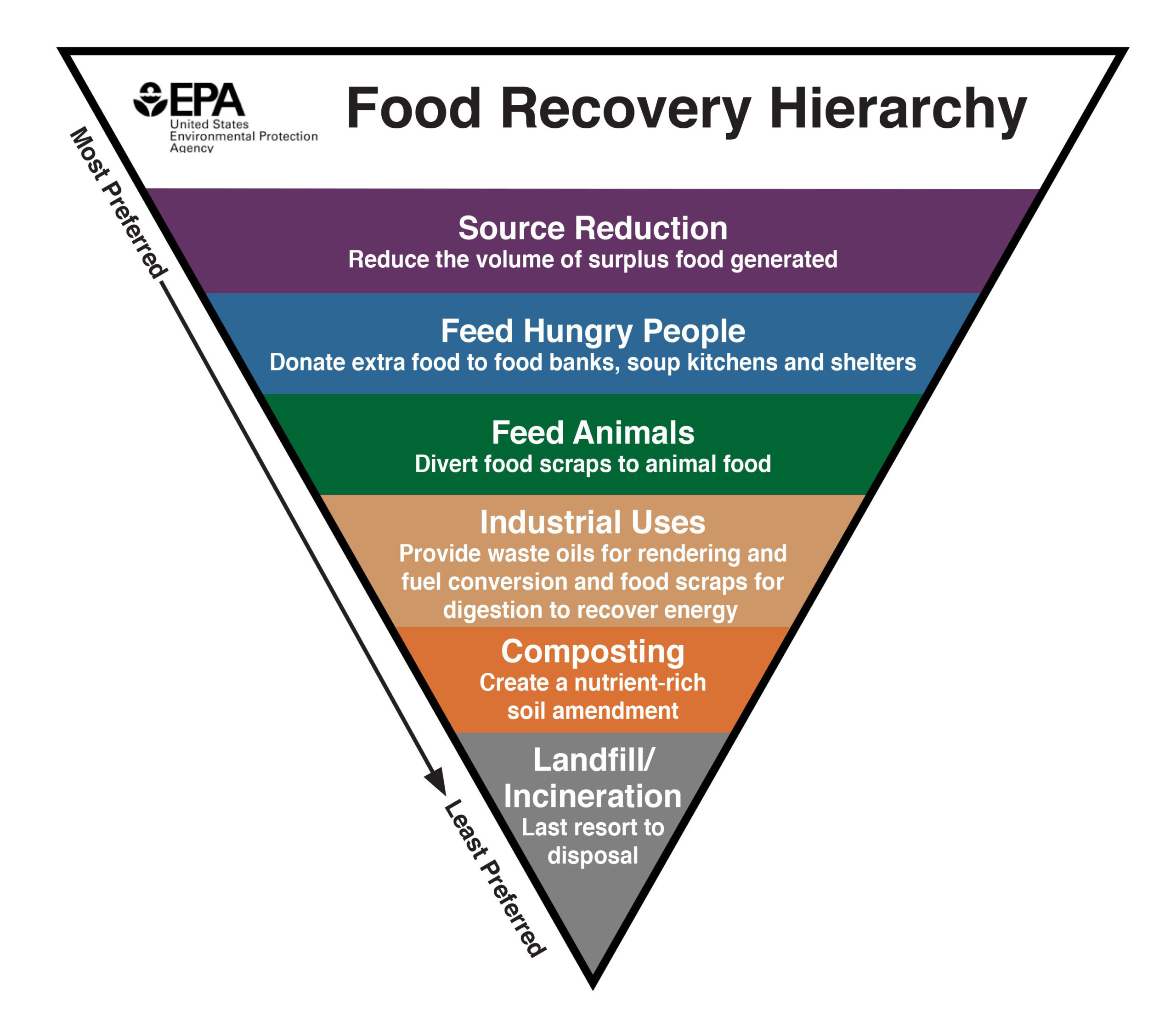Overview
Rethink Consumption
83% of Ashland's greenhouse gas emissions come from the residential sector. This includes everything we consume, from food, goods, energy, and services. By becoming more aware of the impact our residential consumption habits have on the environment, we can make more responsible and sustainable choices.
- Consider the life cycle of your goods and services:
- What resources and materials are used to make it?
- Where did the product come from and how did it get to you?
- How do you use the product?
- What happens at the product end-of-life?
Calculate your carbon footprint to better understand where your individual emissions come from and identify ways you can reduce it.
Food
Our food system is vulnerable to the effects of climate change. Extreme weather and the threat on natural resources will hurt our food chain. In addition, agricultural products that are grown outside of Ashland for consumption by residents accounts for 15% of Ashland's greenhouse gas emissions. By shifting our consumption habits to more sustainable choices we will help support more resilient food systems and reduce our footprint.
- Next time you are at the grocery store consider different stages of the food system
- Production - What resources are needed?
- Processing - What is the manufacturing process?
- Distribution - How does it get to you? Is there packaging?

Water
It's easy to turn on the faucet and not think about where our water comes from. Ashland's primary source of water is collected from rainfall and snowfall and stored in the Reeder Reservoir.
- Due to more extreme weather events, like drought and heat waves, this water supply is diminishing.
- In addition, our city water must be treated, transmitted, and heated before it gets to us. Wastewater must also go through a similar process. This all requires energy, which in turn creates greenhouse gas emissions.
By practicing water conservation, we are reducing our energy usage and being thoughtful of our supply. Calculate your household water footprint to see where you stand and where you can make adjustments.

Buildings & Energy
According to the latest greenhouse gas inventory in 2015, residential and commercial energy account for 24% of Ashland's emissions. By rethinking how we consume energy we can save money and reduce the strain on our environment.
Energy efficiency strategies can be as small as adjusting your thermostat and unplugging devices to large scale home investments.

"Stuff"
Overconsumption and excessive production are resulting in excessive waste, pollution, and greenhouse gas emissions. By shifting our consumption habits, we can make choices that reduce this impact on the environment. This doesn't mean sacrificing things you love, just consuming smarter. Before purchasing something new or throwing something away, try changing your frame of thinking.
Consider the R's -
- Re-evaluate - Ask yourself "do I need this?"
- Reduce - How can you reduce waste?
- Reuse - Can this be re-purposed or be passed on to someone else?
- Repair - Instead of throwing the item away, can it be repaired?
Community Spotlight
See how your neighbors are taking climate action! Share your story here.
Contact Us For Information
Use the form below to ask questions about our climate and energy programs.
"*" indicates required fields












